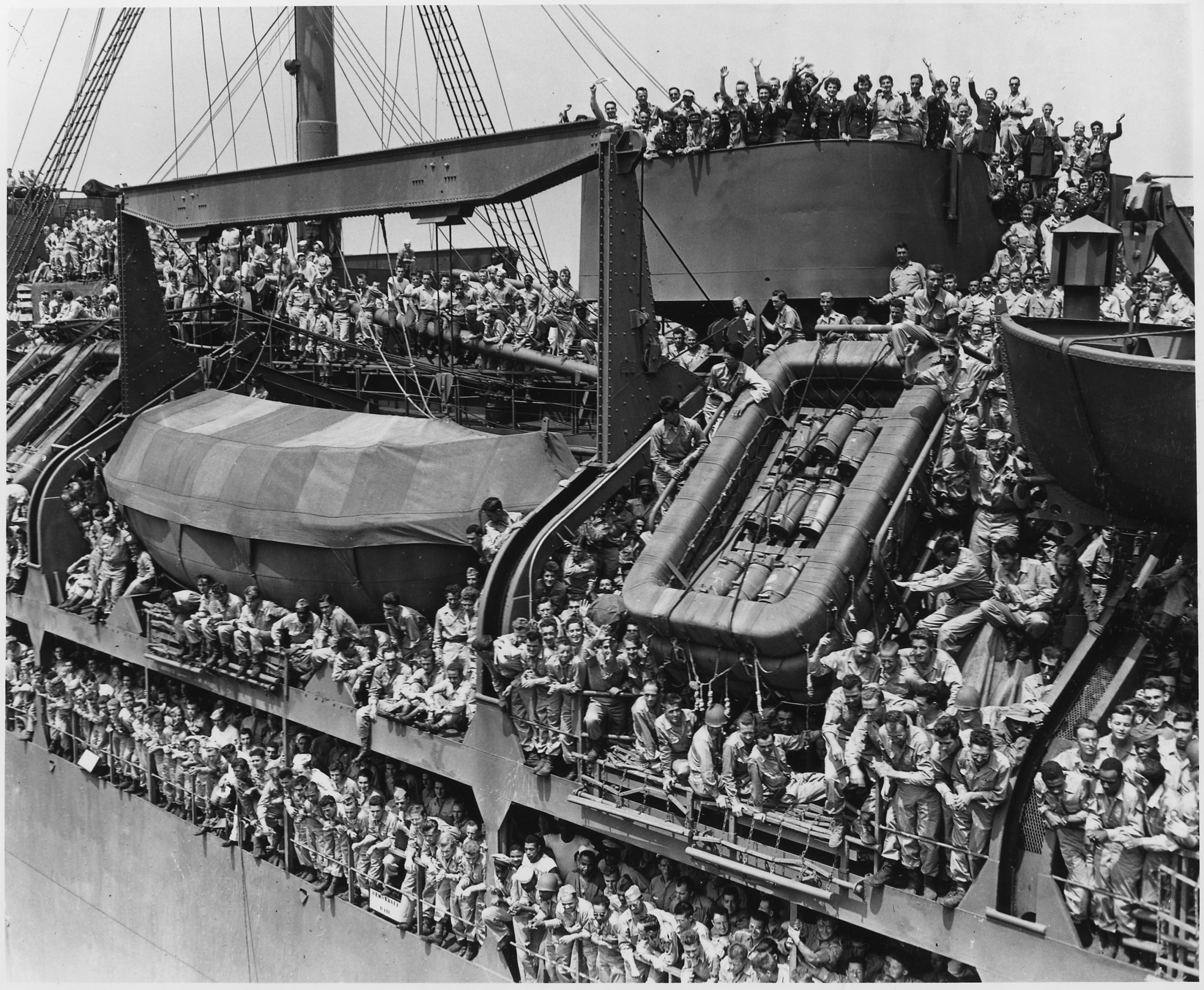The Return of American Soldiers After World War II

The end of World War II in 1945 marked not only a global victory over tyranny but also the beginning of a deeply emotional and transformative chapter in American history — the return of nearly 16 million American servicemen and women. As soldiers returned home from Europe and the Pacific, they were greeted with a mix of celebration, relief, and complex societal adjustments. Streets filled with joyful parades and tearful reunions, yet beneath the surface, many veterans faced silent struggles with the psychological scars of war and the daunting task of reintegrating into civilian life.
The U.S. government, recognizing the potential challenges, enacted the GI Bill in 1944, which provided returning soldiers with benefits such as education grants, low-interest home loans, and unemployment compensation. This legislation not only eased the transition for millions of veterans but also catalyzed a post-war economic boom, paving the way for the rise of the American middle class. Universities expanded rapidly, suburbs grew, and the workforce transformed, as veterans brought discipline, technical skills, and leadership from the battlefield to American industry.

Despite the economic prosperity, the personal reintegration process was far from uniform. Many veterans experienced post-traumatic stress, then poorly understood and often unacknowledged. African American and minority soldiers, despite their service, continued to face racial segregation and discrimination at home, sowing seeds for the Civil Rights Movement. The return of American soldiers after World War II was thus a pivotal moment, shaping not only the nation’s economic and social landscape but also redefining the role of veterans in a rapidly changing America.











